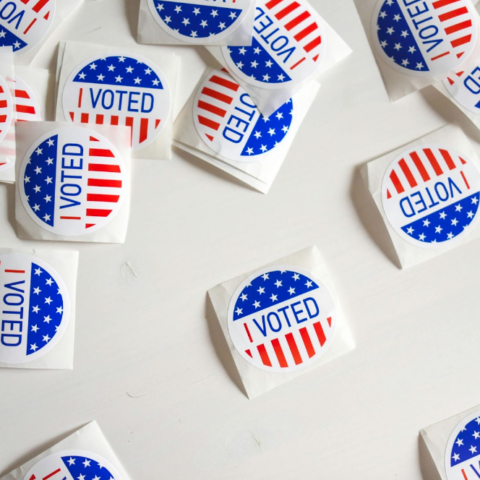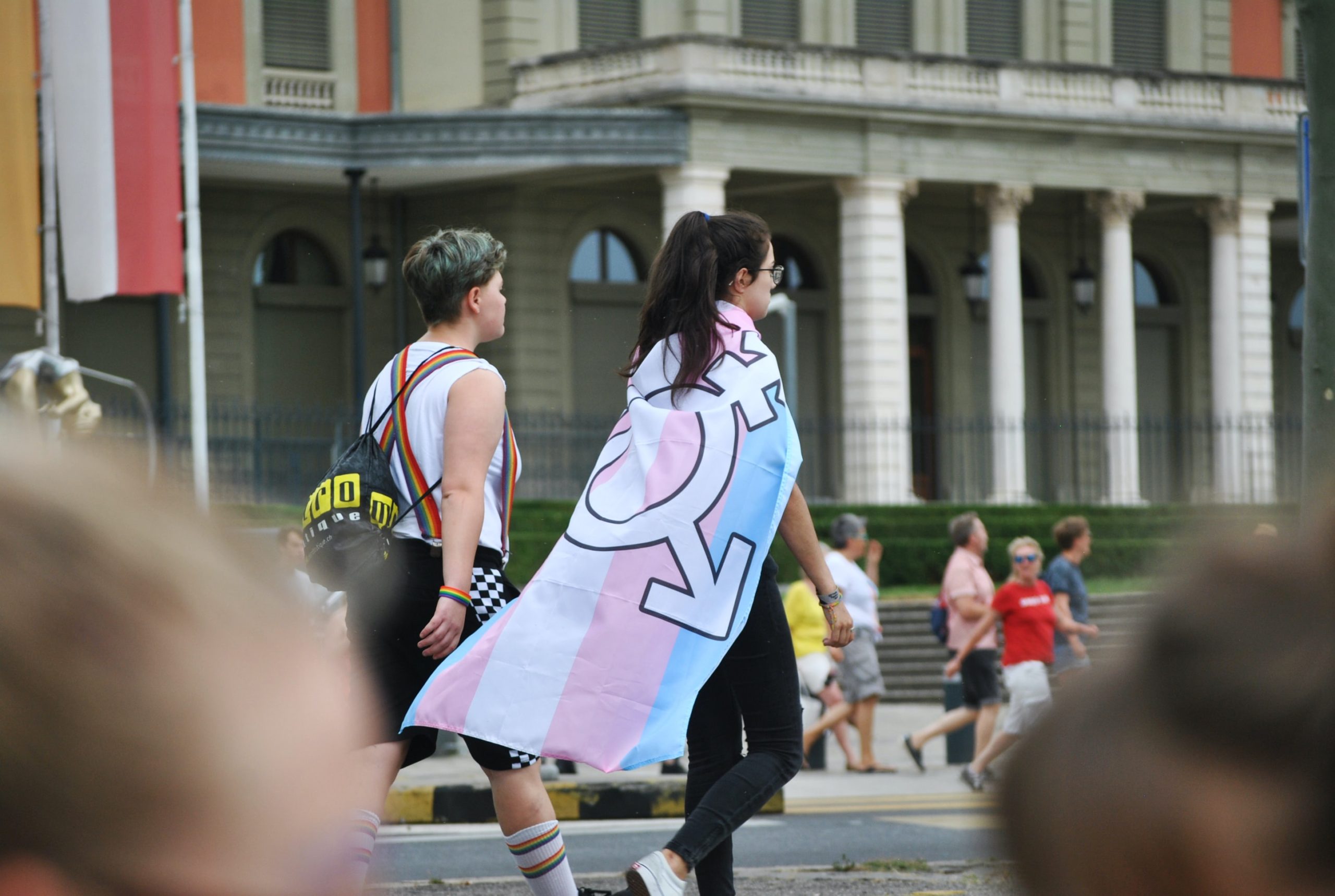By: Alexander Sileo
One of the most talked about social groups this past election cycle was the LGBT demographic. Marriage equality is finally polling around fifty percent nationally and four ballot issues on marriage equality were won in Maine, Maryland, Washington, and Minnesota. Three of these states legalized gay marriage while one ballot initiative stopped the state legislators from adding a constitutional prohibition on gay marriage. With estimates of the LGBT population varying from one to five percent, the LGBT movement has become a significant force in American politics. This force is still primarily focused on the West coast and North East parts of the country, but this does not mean that the LGBT movement does not exist in the southern states as well.
LGBT groups, such as the Mattachine Society, were formed as early as 1950. Prior to that, gay men were discussed in academia and on radio programs, but still largely out of the public’s eye. The gay rights movement, however, did not fully begin until the Stonewall riots in 1969. The spontaneous protest happened after a police raid in a New York City gay bar. This event was the first time in the United States that LGBT-identified individuals demanded rights and freedom from discrimination and is still considered such a pivotal moment in American LGBT history that President Obama mentioned it in his second inauguration speech. LGBT groups quickly took notice of the Civil Rights Movement and began pursuing more activist agendas. This was eventually coupled with activism for HIV and AIDS-related causes in the 1980s and finally marriage equality and employment nondiscrimination movements in the 1990s and over the past decade.
Surprisingly, the LGBT movement also had a presence on the University of Georgia campus over the past forty years. In 1971, just two years after Stonewall, a pair of students held an event about gay issues in Brumby Hall. The program was attended by over 200 students and included discussions on the causes of homosexuality, the number of LGBT people on campus, and how the pair came to identify as gay. The pair began receiving death threats after the program. Along with other students, they founded the Committee for Gay Education (CGE). The group was met by pressure from the university administrators to disband and was not officially recognized as a university student group. A memo among university administrators argued that the CGE would be involved with the “gay liberation movement” and encourage illegal activity, which would make the group’s recognition a legal issue rather than a student affairs issue.
The CGE attempted to protest this decision by putting on a dance to raise awareness. The dance was prohibited by the Student Activities Director John Cox when he cancelled their reservation of the Memorial Hall Ballroom. A second student group made the reservation on CGE’s behalf because CGE was not recognized by the university. Cox argued that if the reserving group was not using the space, then they could not reserve it. Members of the two student groups eventually staged a sit-in at the office of the Dean of Student Affairs. The Dean claimed that allowing the dance would be encouraging students to violate Georgia’s state ban on sodomy, which wouldn’t be invalidated by a state court until 1998. The CGE demanded the resignation of Cox, facility use for the dance, and the university’s support for repeal of the state’s sodomy laws. The university, naturally, declined. With no movement from the university, students decided to sue.
The leaders of CGE wanted a temporary restraining order against the University of Georgia and argued that the university’s ban on the dance violated their rights of free speech, association, privacy, and equality. Just hours before the dance was originally scheduled, a judge decided that the “dance ought to be allowed under the first and 14th amendments,” and asserted that the university had failed to provide sufficient evidence in support of its contention that the dance might lead to violations of the state’s sodomy statutes. The dance was held on March 10, 1972, with over 500 people in attendance. The Athens Banner Herald followed the event and quoted spectators saying that “Athens just isn’t ready for this,” “My mother would never believe it,” and “It’s disgusting.” Multiple bands played at the event, which was headlined by Diamond Lil, a drag queen who lip-synced multiple popular songs as the highlight of the night. The dance was hailed as the first public gay social event in the southeast United States.
CGE’s continued activism made gay issues a prominent topic in the next student government election as well. Two parties, Action Union and Coalition ‘72, specifically mentioned their desire to have greater inclusion of gay students in campus activities. The Demosthenian Society endorsed Action Union for the election, but also noted that they did not support the group’s inclusive policy of gay students. Action Union would ultimately win the election.
CGE would also have to continue to fight for recognition from the university. The group was denied access to university facilities again later that year. CGE wanted to organize a conference of LGBT groups throughout the southeast in order to coordinate a larger regional organization. Other student groups, such as Phi Kappa, attempted to help facilitate the event, but CGE was eventually forced to sue the university for a second time. The students won again and the university was ordered to allow the conference to take place. The students present at the conference would form the Southeast Regional Gay Coalition.
LGBT activism continued over the next forty years at the University of Georgia. The CGE eventually disbanded in the early 1980s, but numerous other LGBT groups have since formed. The Gay, Lesbian, and Bisexual Employees and Supporters (now known only by their acronym GLOBES) formed in 1994, an organization that continues to be involved in the Athens and UGA community. Other groups such as Lambda Alliance also formed to better serve LGBT-identified students. The university also finally reached out to support LGBT students in 2005, with the creation of the LGBT Resource Center.
Unfortunately, the LGBT movement still requires more progress to be made. At the national level, marriage equality is still only being pursued on a state-by-state basis. Military benefits to same-sex couples have been offered, though not full benefits because of restrictions of the Defense of Marriage Act. The Employment Non-Discrimination Act has also been continuously blocked within Congress, and the Violence Against Women Act was controversial among conservative groups because it included provisions for LGBT-identified women for the first time. At the university level, the nondiscrimination policy still does not include gender identity or gender expression. Student groups also lack any coherent long-term plans which renders most of them ineffective after one or two years of activity. These groups have also been somewhat relaxed in terms of activism over the past few years. LGBT students and supporters need to continue to make strides toward full equality both on campus and across the country. The University of Georgia has had a history of LGBT activism that needs to be remembered and continued.

